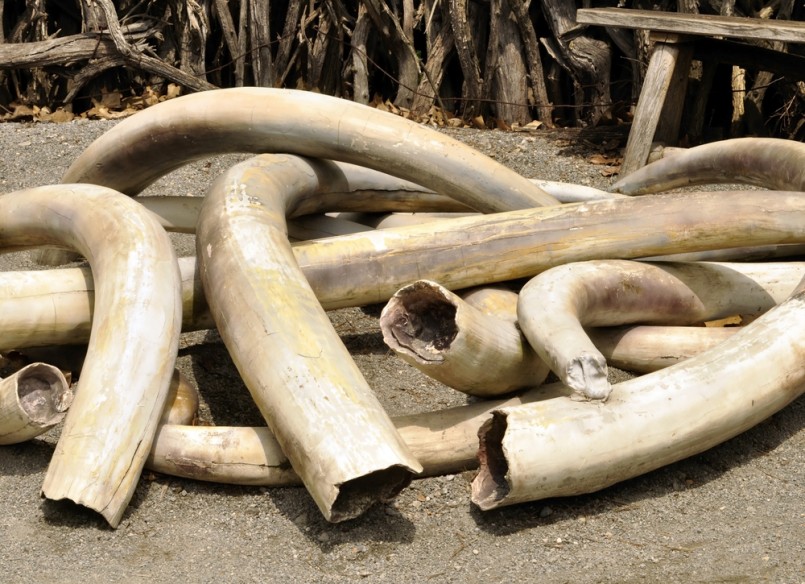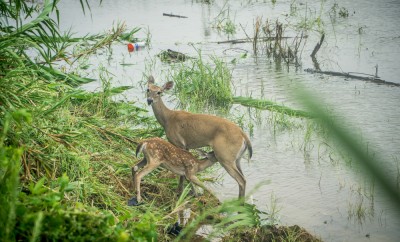Africa
These Countries Do The Most For Endangered Species

Image: Shutterstock/Svetlana Foote
These Countries Do The Most For Endangered Species
Even with laws, acts and international treaties, protecting endangered species remains a difficult task. Finding and prosecuting illegal poachers and stopping trade of illegal goods across international borders are the primary obstacles to the safety of endangered animals. Organizations like CITES (Convention on International Trade in Endangered Species) serve as an accountability partner for more than 150 countries that are home to endangered species.
Like other international organizations, CITES has very little authority to enforce infractions. In 2012, the WWF (World Wide Fund) produced a report card that evaluates the effort of individual countries to protect elephants, tigers and rhinos from the illegal sale and trade of their tusks, skin and horns. Though not perfect, several countries have made a valiant effort to evaluate and protect these animals.
India
India received WWF’s highest Wildlife Crime Scorecard score, green, for it’s efforts protecting rhinos, elephants and tigers from illegal poaching and subsequent trading efforts. India is one of few countries home to all three species and thus faces significant challenges in implementing and enforcing policies. India is a “source” country meaning the primary threat to endangered wildlife are poachers who illegally kill endangered species.
India has undertaken a wide variety of efforts to prevent illegal poaching in the country like using “sniffer dogs,” to track illegal poachers, a practice also used in the Democratic Republic of the Congo, Russia and China. However, even when these efforts are successful, the larger obstacle of determining legal jurisdiction challenges prosecution efforts. Implementing country-wide training at all levels of government from customs officers to government officials has proved a successful measure to curb poaching in India.
Nepal
As neighboring countries, Nepal faces many of the same challenges as India in the battle to protect endangered animals. Like India, Nepal also faces the challenge of protecting rhinos, tigers and elephants from illegal poaching and trade. In addition to being a country of origin for traders to source illegal animal parts, Nepal also serves as a transit country. Thus the efforts of Nepalese authorities are two-fold, finding illegal poachers and preventing them from transporting illegal goods across the borders.
Nepal has adopted many of the efforts used in India including training of customs and government officials and increasing prosecution efforts. In addition, Nepal has several dedicated agencies for enforcing crimes against endangered wildlife, including the National Tiger Conservation Committee spearheaded by the Country’s Prime Minister and The Wildlife Crime Control Coordination Committee. The country was recently highlighted for the efforts in National Geographic, after 2014 ended without a single poaching incident.
A simple Google search will review the numerous countries doing it wrong when it comes to endangered species. There are no shortage of reports about “the worst place for endangered species,” or “countries where you can eat illegal meat.” However, it’s equally important to highlight the countries which are successfully protecting endangered species. Such countries serve as models for problem countries and their efforts shed light on what has and will continue to work in the fight to protect endangered species.





0 comments